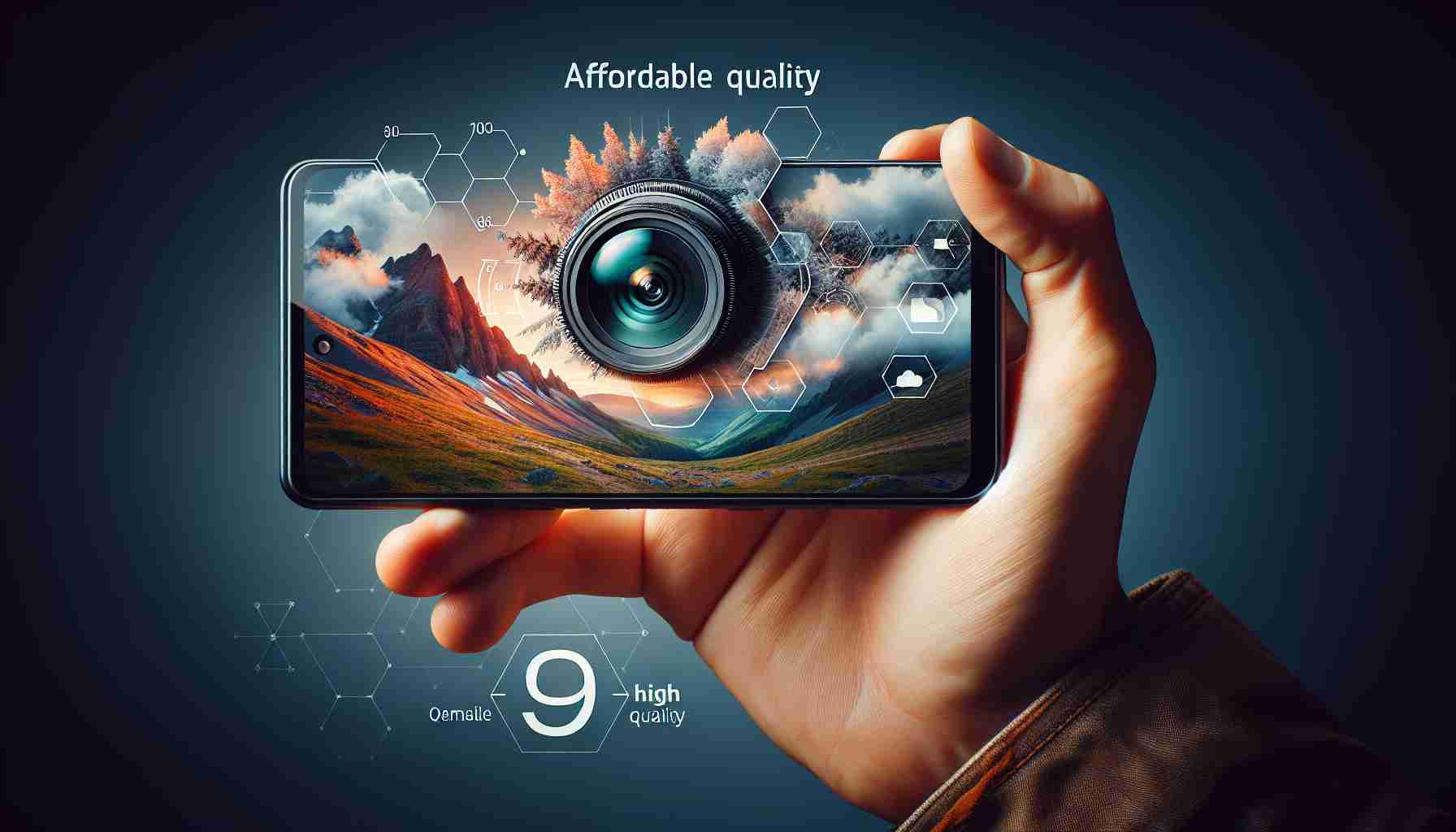Choosing a Smartphone Camera: How to Balance Cost with Quality
The role of smartphones as the primary instruments for taking photographs has ushered in a new era where purchasers must deftly evaluate the camera’s quality against its price. Thankfully, an innovative online visualization now helps consumers understand the trade-off between a smartphone camera’s cost and its photographic capabilities.
Understanding Camera Value through an Interactive Chart
This ingenious interactive scatter plot, using assessments from the respected DXOMARK database, pairs up phone prices with their camera performance. A quick glance helps shoppers see where each device stands regarding value for their money, with camera features laid out on one axis and price on the other. If a smartphone’s spot falls below the average trend line, it could suggest that its camera might not live up to its price.
Looking Beyond Camera Specs
Shoppers should note that the chart only reflects initial prices and camera specs—it doesn’t account for the user experience or a device’s performance under various lighting conditions. Additional features that may enhance the camera experience are also factors to consider.
Smartphone Camera Buying Tips
When selecting a phone for its camera, look beyond DXOMARK ratings and consider consumer reviews, which can shed light on everyday usability and camera innovation like zoom or night mode. Overall device performance remains an essential part of the equation, as a smartphone encompasses more than just its camera.
Key Points and Insights for Savvy Shoppers:
Question the criteria: Don’t forget to take into account aspects like battery life and software updates, not just camera specs.
Reviews matter: Real-life user testimonials can lend credibility and offer a different perspective from pure technical data.
Expensive doesn’t mean best: Higher prices do not necessarily mean superior camera quality, as pricing can be based on brand value and additional features beyond the camera.
Be mindful of common misconceptions and marketing tactics that can lead to an overemphasis on features like megapixels and may not align with actual needs or usage patterns.
Getting the Most from Your Purchase
For those who want depth and analysis, resources like The Verge or TechRadar provide comprehensive reviews and insights into the newest smartphone cameras. It’s not just the sticker price that matters; consider the holistic value, including possible resale value, anticipated software support, and the potential for camera improvements via updates.
Investigating beyond the numbers to gauge real-world performance often yields a clearer picture of what to expect from your smartphone camera. Keep these considerations in mind to discover a smartphone that strikes the optimal balance among functionality, features, and financial investment.
Facts Relevant to Smartphone Photography:
– The latest smartphones often include multiple camera lenses, such as wide-angle, telephoto, and macro lenses, to increase versatility in different photography scenarios.
– Software plays a crucial role in image processing, and smartphone manufacturers like Google and Apple continuously update their camera software to deliver improved photography results.
– The availability of manual controls in the camera app, as well as support for RAW photo formats, allows for more advanced editing and is a consideration for enthusiasts.
Important Questions and Answers:
What are some key factors to consider when assessing the value of a smartphone’s camera?
Aside from hardware specifications, factors include the quality of image processing software, ease of use, additional camera features such as optical image stabilization (OIS), and the ability to capture quality photos in various lighting conditions.
How can one evaluate the photographic capabilities of a smartphone camera?
You can check professional reviews, user feedback, sample images, and performance in different conditions. Interactive charts that compare cost with camera quality, like the one mentioned in the article using the DXOMARK database, can be a useful starting point.
Why might an expensive smartphone not have the best camera quality?
The price of a smartphone may be influenced by the brand’s prestige, design, other hardware features like screen and processing power, and non-camera related software capabilities.
Key Challenges or Controversies:
– There is often a debate as to what constitutes “better” in smartphone photography, whether it’s more realistic renditions or software-processed images that are visually appealing.
– The impact of computational photography and artificial intelligence on the authenticity of captured images is a topic of discussion among photography purists.
– Privacy concerns regarding features like facial recognition or background blurring in photographs are also worth noting.
Advantages and Disadvantages:
Advantages:
– Portability and convenience allow for spontaneous photography.
– Smartphone cameras integrate with a range of applications for editing and sharing.
– Continuous software improvements can enhance camera performance over time.
Disadvantages:
– Smaller sensors in smartphones usually perform worse in low light compared to DSLR or mirrorless cameras.
– Battery life can be a limiting factor during extensive photography sessions.
– Physical limitations in lens design and sensor size impede the achievement of certain photographic effects, such as shallow depth of field, compared to professional cameras.
Related Resources:
For in-depth reviews and latest updates in the world of tech and smartphone cameras, visit the main pages of resources mentioned in the article:
– The Verge
– TechRadar
Remember to check the authenticity of the domain when visiting websites for information, to ensure that the content is reliable and relevant to your needs.
The source of the article is from the blog agogs.sk
